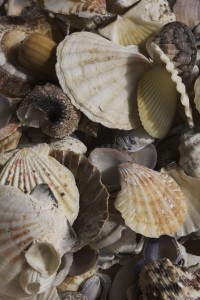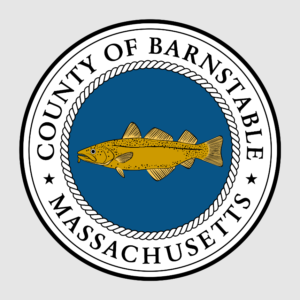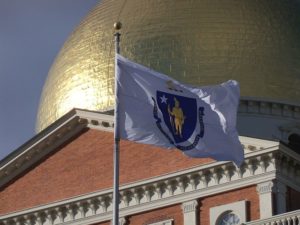 NANTUCKET – A research associate with the Maria Mitchell Association has produced a mathematical model that helps fisherman understand how the Nantucket bay scallop population survives environmental variation in Nantucket’s waters.
NANTUCKET – A research associate with the Maria Mitchell Association has produced a mathematical model that helps fisherman understand how the Nantucket bay scallop population survives environmental variation in Nantucket’s waters.
Previously thought to spawn only once, Nantucket bay scallops often spawn again in late summer or fall.
According to Dr. Valerie Hall, the second spawn is a bet-hedging strategy that helps the population survive changes in the environment.
“If there is a second spawn, that stabilizes the population, especially in years when there’s some sort of failure of the classic early spawn,” said Hall.
If the first spawn fails or is very weak, scallops from the second spawn, called “nubs,” help bridge the population gap in the following years.
This work will help inform regulation decisions to keep the bay scallop fishery as healthy as possible into the future, she said.
“Scallops only live two years so it’s kind of an unknown what happens after a two-year period of time,” said Hall.
Currently, Hall is working on a project to gather more information on nub scallops and their importance to the fishery.
Her work was published in the online journal Marine and Coastal Fisheries on October 2, 2015.
By JUSTIN SAUNDERS, CapeCod.com, NewsCenter
























Speak Your Mind